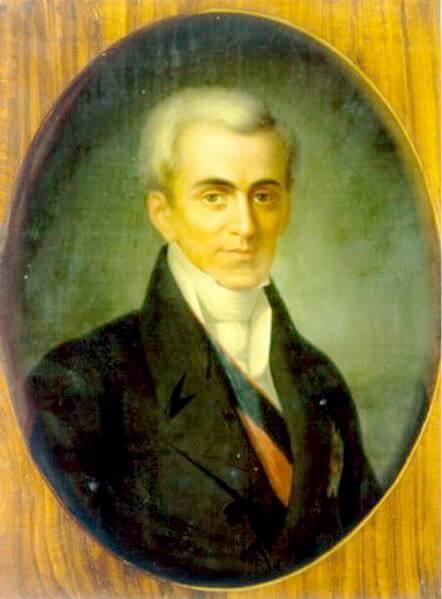Buried and forgotten for centuries, the foundation walls of a monumental building dating to the era of Alexander the Great have been uncovered in the Egyptian city named in his honor.
By
It was the last hour of the last day of a long, frustrating dig, and Calliope Limneos-Papakosta was ready to go home. For 14 years the Greek archaeologist had been scouring Shallalat Gardens, a public park in the heart of Alexandria, Egypt, for traces of Alexander the Great, the ancient conqueror-turned-pharaoh who gave the city his name. Now it was time to leave—empty-handed.
Then a bit of soil shifted in the pit and Papakosta’s assistants called her over to inspect a piece of white marble poking out of the dirt. She had been disappointed in the dig, but when Papakosta saw the flash of white stone, she felt a surge of hope.
“I was praying,” she says. “I hoped that it was not just a piece of marble.”
Her prayer was answered. The artifact turned out to be an early Hellenistic statue bearing every hallmark of Alexander the Great. It was a powerful incentive for the discouraged archaeologist to keep digging.
Seven years later, Papakosta, who directs the Hellenic Research Institute of the Alexandrian Civilization, has dug down 35 feet beneath modern-day Alexandria and uncovered the ancient city’s royal quarter.
“This is the first time the original foundations of Alexandria have been found,” says Fredrik Hiebert, archaeologist in residence at the National Geographic Society. “It gave me goosebumps to see it.”
And the site may yield one of archaeology’s biggest prizes—the lost tomb of Alexander the Great.
Read more at https://www.nationalgeographic.com/culture/2019/02/lost-tomb-alexander-great/











